Every year, I rewatch Avatar in its entirety. The first time I watched it, I was very little, but even then I was a tough critic. And from the first second of it, Avatar captivated me. Now, years later, I have seen it in different ages, while I was living in different countries, while I was growing and going through different experiences—and I can confidently say that this kids show is the best TV show I have ever watched. Here are all the reasons why.
plot & world-building
Water, fire, earth, air. Long ago, the four nations lived together in harmony. Then, everything changed when the Fire Nation attacked…1
When Katara and Sokka save Aang from the iceberg that he was stuck in for over a hundred years, he wakes up in a completely different world—a world where the Fire Nation has killed every airbender in an attempt to get rid of the Avatar, making Aang the only airbender left alive. The world has been in war, and Aang has been completely absent as the Avatar for the entirety of it. He now must face his destiny, and end the war.
But when the world needed him most, he vanished.
A world where people are gifted with the ability to bend the elements to their will, and only one person—the Avatar—can bend all four elements. I mean, what a concept! If there is one thing that sets Avatar aside from its competitors, it’s definitely the world-building. It’s meticulously crafted, filled with so much history and lore, that keeps the viewer always curious and excited to learn more.
Element bending, of course, is at the core of the show and the story. Bending abilities are significant to all aspects of life in the world of Avatar, a world filled with spirits. It makes sense therefore that there is something inherently spiritual about the practice of bending, the way it’s supposed to connect one to nature but also to oneself. It is something that you’re born with, you’re either a bender or you’re not—it comes from the spirit. And the Avatar is the most spiritual being of all, reincarnated through generations. Spirituality is an occurring and important part of the world.
storytelling
The show follows a foolproof storytelling structure: the hero’s journey. Each episode is a complete story of its own, and they all come together to create a bigger conflict which is the story of the season, and the seasons together create the main conflict of the show. While each season has its own villain (Zhao, Azula, and Ozai respectively) the main villain and obstacle stays the same. The main conflict, defeating the Fire Lord, is an ever-looming threat present at all times, for the characters and for the viewer, in every single episode—even if there’s no particular progress towards that goal at a given moment.
Sometimes life is like a dark tunnel. You can’t always see the light at the end of the tunnel, but if you just keep moving, you will come to a better place.
The writing of Avatar is undoubtedly its strongest point. Every character is fleshed out perfectly, everything the show sets out to do, it achieves in the end. Prince Zuko famously has one of the best character arcs of all time.
The most important thing is, even though this is technically a kids show, it never treats the viewer that way. There is no exposition, which is hard to come by these days. This is evident from the very first episode, where each character’s introduction is made perfectly, so that we don’t need more than a few seconds to understand them completely.
We only know what we need to know, and we learn it exactly when we need to learn it. We only learn the real history of the war in the final season, in the 6th episode, through amazing flashbacks. Fire Lord Ozai is present throughout the entire show, but we never actually see his face until the last season, his presence is only a shadow, a figment before that—making him even scarier. By the end of the show, even though the whole world is built around it, we still have no idea where bending originated from, or how it works. To me, a little bit of mystery in any fantasy is necessary to keep the magic and the curiosity alive. As I mentioned, bending is a spiritual practice, so it wouldn’t make sense to try to make sense of it. Not everything needs explaining—and Avatar knows exactly where to stop. I could argue that this is one of the reasons why The Legend of Korra failed to achieve what its predecessor did, but that’s for another day.
It relies on visual storytelling a lot of the times, and that’s what makes it so brilliant. The show understands perfectly the most important rule of film and television: show, don’t tell. The first time Zuko betrays the Fire Nation, is when he saves Aang as The Blue Spirit, and this conflict is visually portrayed through him literally turning his back on the Fire Nation flag. And until he’s changed for good, he is only able to betray his nation behind a mask, behind a different identity. In the episode Lake Laogai, Zuko saves Appa, so he does something good without a mask for the first time, with the help of Iroh. He has an identity crisis right afterwards, because he wasn’t ready. He succumbs back to the Fire Nation’s ways with Azula’s push. He has to ‘become good’ on his own, without anyone’s help, without a mask.
Zuko’s inner conflict between good end evil is represented visually through his scar on his face. The scarred side represents the Fire Nation, its evil and what this evil brings—pain and suffering. We see this divide clearly in the The Crossroads of Destiny, when he’s faced with the choice. Which side will dominate, the side with the scar or the side without, good or evil?
His two great grandfathers being Avatar Roku and Fire Lord Sozin is the emotional representation of this turmoil. In The Avatar and the Fire Lord, when Zuko is confused by the conflict between Roku and Sozin (so between good and evil), his conversation with Iroh is framed to look as if he is the one in prison, and not Iroh. Because he is, he’s in an emotional prison and he needs to make a choice, he needs to choose good to get out of it. Zuko’s in the dark, while Iroh is in the light, literally and figuratively.
Like I said, Zuko’s entire arc is a masterpiece on its own, and a great lesson on storytelling. But one of my favorite moments of visual storytelling in the entire show are these twin shots of Zuko and Katara trying to save each other during their final fight with Azula. There are a lot of parallels between these two characters, even as The Blue Spirit and The Painted Lady. They are two opposites that need each other to live—they represent balance (more on this later), as they save each other from Azula.
This entire fight, a final confrontation between Zuko and Azula, is shot beautifully. It’s sandwiched between shots of Aang’s final fight with Ozai, and there is a stark difference between the two scenes. While we are clearly rooting for Aang to beat the Fire Lord, Zuko and Azula’s fight makes us feel different, accompanied by a slow and sad music, unusual for an action scene. But we’re watching two siblings fight each other for the throne of their nation, both of them pushed and brainwashed into being puppets of evil, and only one of them is saved at the end. It’s tragic.
At the end of the show, because we’ve spent so much time with these characters, saw them grow and rise through different occasions, their wins feel that much more rewarding. Not one character is the same as they were in the beginning, and that’s the product of great writing.
Perfection and power are overrated.
Although I mostly gave examples from Zuko’s story, the show is rich with so many other amazing character arcs and writing moments that I couldn’t possibly talk about all of them. Sokka being sexist at the beginning, and unlearning his misogyny through women warriors around him, supported by Katara’s waterbending arc in the first season to her dismantling her culture’s sexist and conservative beliefs. Iroh, as a character, period. Seemingly filler episodes that feel just as necessary to the story because we just can’t get enough of these characters and their relationships like Zuko Alone, or The Beach. Recapping the entire show while poking fun at themselves with the characters watching, in The Ember Island Players. It’s just genius.
Life happens wherever you are, whether you make it or not.
symbolism
Another reason why I said Avatar doesn’t treat its viewers like a kid is the symbolism, and the themes of the show. It deals with a lot of heavy topics, like war, mass genocide, grief, dictatorship and fascism, immigration, and more. I think it’s very valuable to be teaching kids about these topics from an early age, in a language that they would understand. While the show clearly has a lighter tone, the background is filled with tragedies that are obvious to the eye that is open to it.
I would say Avatar revolves around these main themes: harmony and balance, connection, destiny, and hope—which are all also connected in many ways.
Harmony is one of the first words uttered in the show, and we learn very early on that the Avatar’s job is to keep the balance of the world. Everything depends on this balance. Aang is told that he must gain balance within himself to bring balance to the world. The nature and the spirits play a big part in this world, and their corruption by the hands of humans brings devastation to the balance of the world. The balance that everyone needs. Bending is also completely reliant on and born from the notion of balance: push and pull, sun and moon, yin and yang, air and earth, fire and water.2 You rise with the moon, I rise with the sun.
The true mind can weather all the lies and illusions without being lost. The true heart can tough the poison of hatred without being harmed. Since beginningless time, darkness thrives in the void, but always yields to purifying light.
Everything is dependent on the balance, therefore everything is connected, even the different elements. We’re first introduced to this notion of connection in The Swamp, through the big tree that runs through the swamp—showing us that we are all branches of the same tree. In Bitter Work, Iroh teaches Zuko a firebending form that he came up with by studying the waterbenders. Later on, anytime we see Zuko attacking Ozai or Azula in a way that they can’t retaliate against, it’s clear that he’s using firebending in a non-traditional way, inspired by other bending forms. This is how he takes them by surprise. Zuko, unlike his sister or father, isn’t too consumed by himself or his nation and learns the way of the other nations, and this is why we can expect that he becomes a great leader later on.
It is important to draw wisdom from many different places. If we take it from only one place, it becomes rigid and stale. Understanding others, the other elements, the other nations, will help you become whole.
In The Guru, in arguably one of the best scenes of the show, Toph discovers metalbending, while Guru Pathik explains how we’re all connected, and that if you open your eyes, you will realize everything is one, even the 4 different elements. The most powerful benders are undoubtedly ones who have let go of the belief that they are separated from any other.
We are all one people, but we live as if divided. We’re all connected, everything is connected.
Avatar plays a lot on the notion of destiny, especially through Aang and Zuko. Both characters have destinies thrust upon them from the moment they’re born, ones that they aren’t necessarily in line with. Zuko actively takes the ropes in his hands and changes his destiny. At the end, he was strong enough to break free from what is dictated to him to follow his own path. Aang fulfilled his destiny and his duty, but he did it in his own way, without straying from his morals. He chose not to kill the Fire Lord, even though he had been told from the beginning that this was the only option. So, he created another one. We learn that we have the power to change and shape our destiny, as Iroh urges Zuko to do: look inward and begin asking yourself the big questions; who are you, and what do you want?
Destiny is a funny thing. You never know how things are going to work out. But, if you keep an open mind and an open heart, I promise you will find your own destiny some day.
In times of war, the most valuable asset one has is hope. Aang’s relentless optimism and wisdom, even in the darkest situations, is what sets him apart from any other character. He’s inspirational in the way he values and cares for the ones around him. And this is why, along with being the Avatar, he is a symbol of hope to others. His existence alone brings people to have hope, and that sliver of hope can save them. Aang realizes this in The Serpent’s Pass, when he’s grieving the loss of Appa by running away from his feelings. He soon learns that hoping, and caring for others, even if it hurts, is what pushes us forward.
In the darkest times, hope is something you give yourself. That is the meaning of inner strength.
Aang has hope because he believes in people. He understands that someone being good or evil has nothing to do with where they’re from—people from the Fire Nation can still be good, and people from other nations can be bad. And forgiveness is the first step we have to take to being healing. Even after everything that he’s gone through, he still forgives, and that’s probably the hardest thing he’s ever done. He’s right, it’s easy to do nothing, but it’s hard to forgive.
Anyone’s capable of great good and great evil. Everyone has to be treated like they’re worth giving a chance.
It’s a cartoon, and it’s for kids, but Avatar has many valuable lessons, and a lot of them are still applicable to our world and what we’re going through. It is a great teacher, if you take it seriously.
Although Avatar is still quite popular, I feel like people give it a lot less credit than it deserves, even the fans. Even though thanks to the live-action a new generation rediscovered it, I think their response to it has been very underwhelming,3 and the show continues to be misunderstood. I hope one day that it gets the love and understanding that it truly deserves, because it’s one of the most precious parts of my childhood. I encourage you to rewatch (or discover for the first time!) a few episodes of Avatar: the Last Airbender today, I promise you won’t regret it.
love, asli
fun fact, i can recite this whole intro from memory. it’s my party trick.
katara and zuko… they perfectly encapsulate the soul of the show. where are my fellow zutara people
also in part becasue the live action was not good. but unrelated to that, i remember seeing tiktoks about people hating katara and calling her ‘the most annoying character’ and that’s genuinely crazy. and everyone was suddenly very anti-zutara, which i found interesting, like the kids these days really hate fun





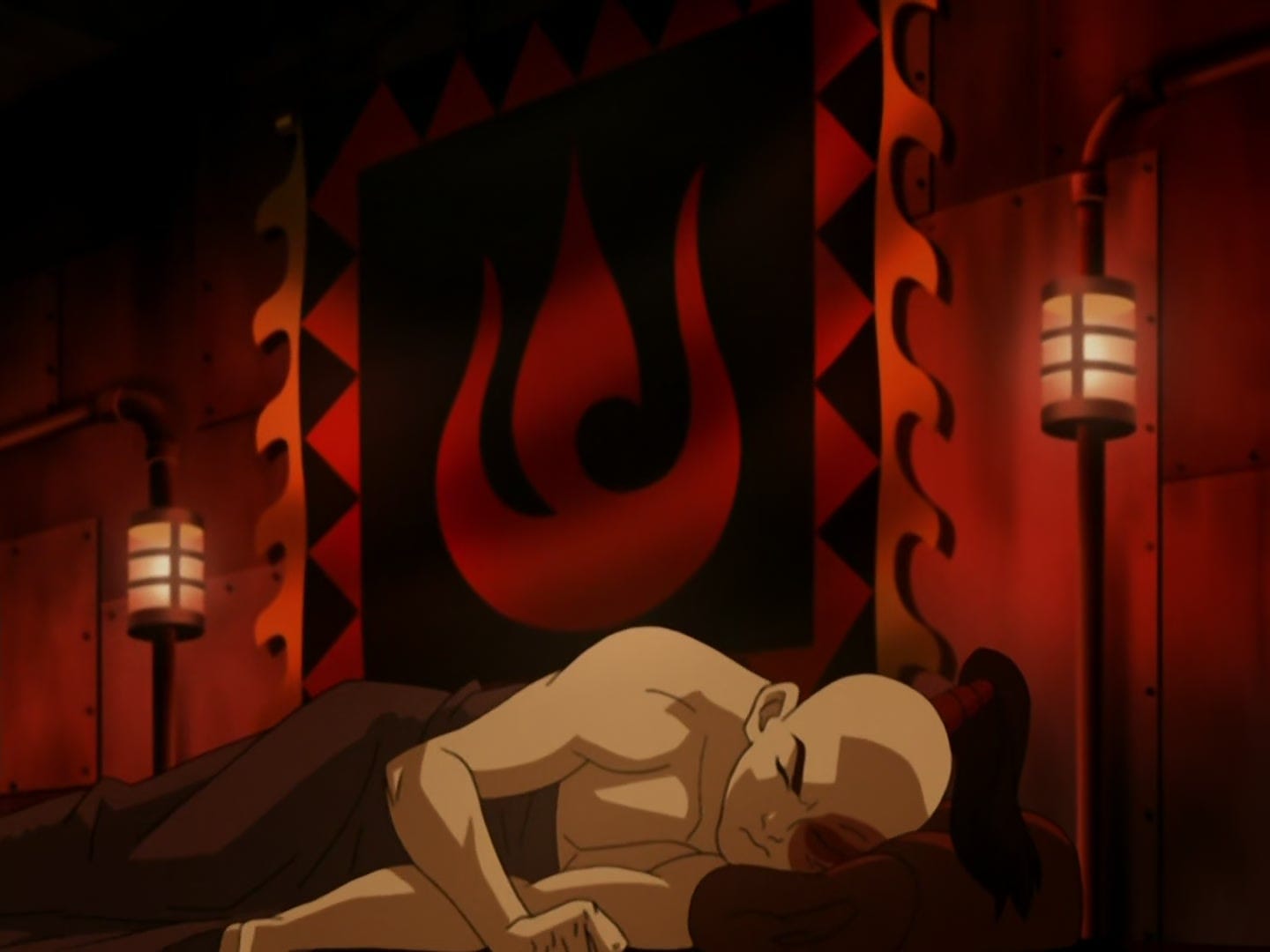
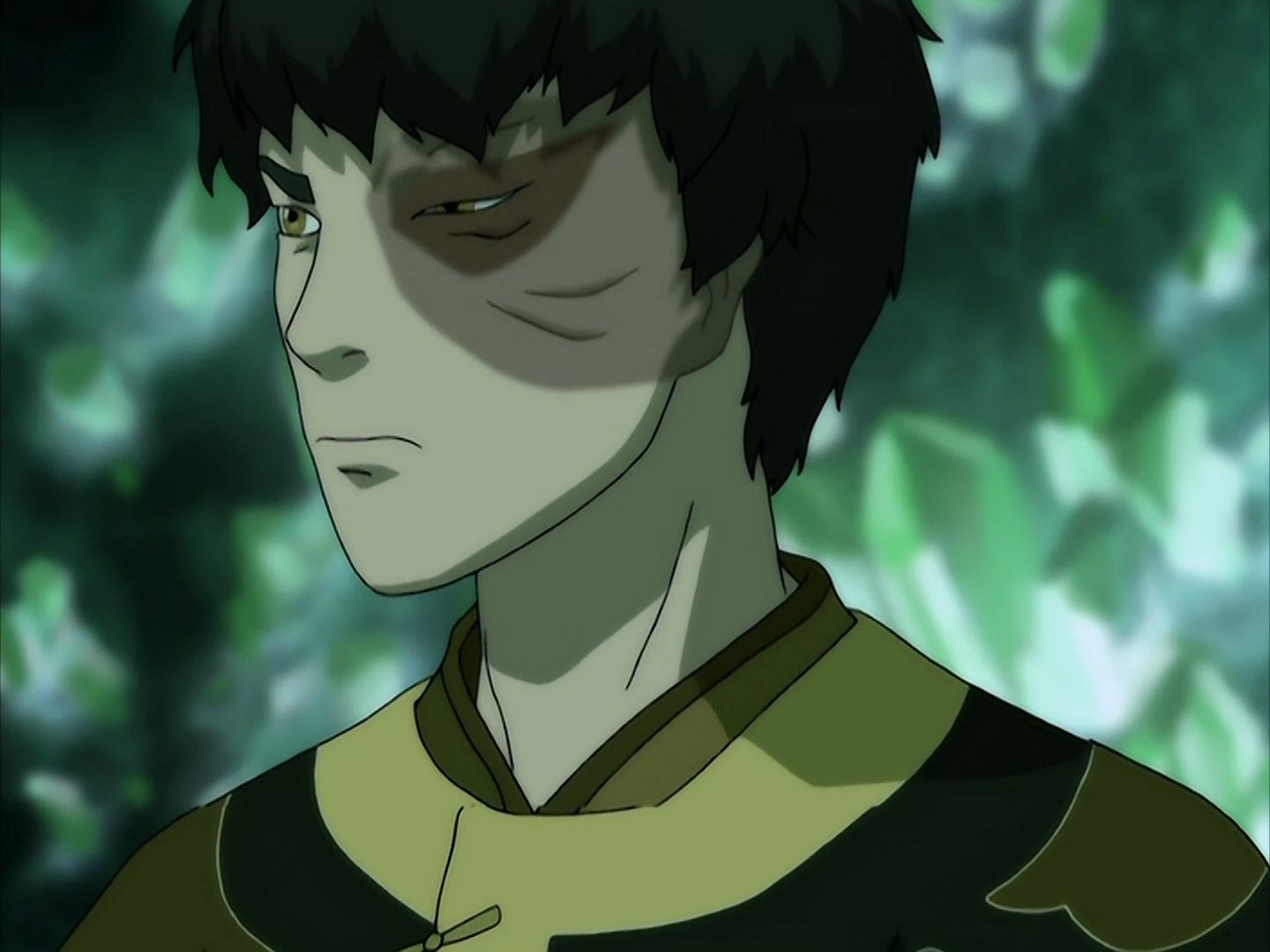
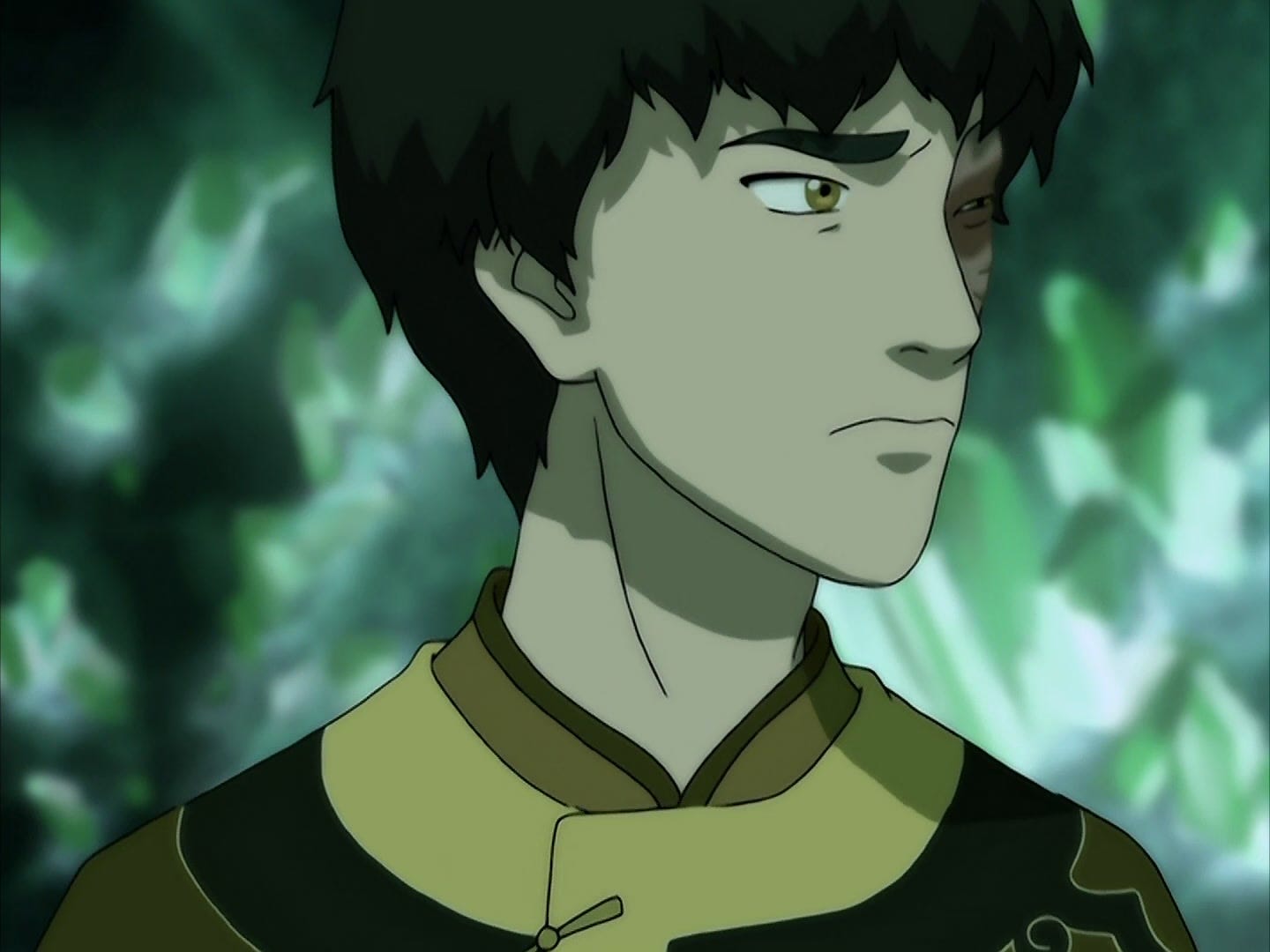
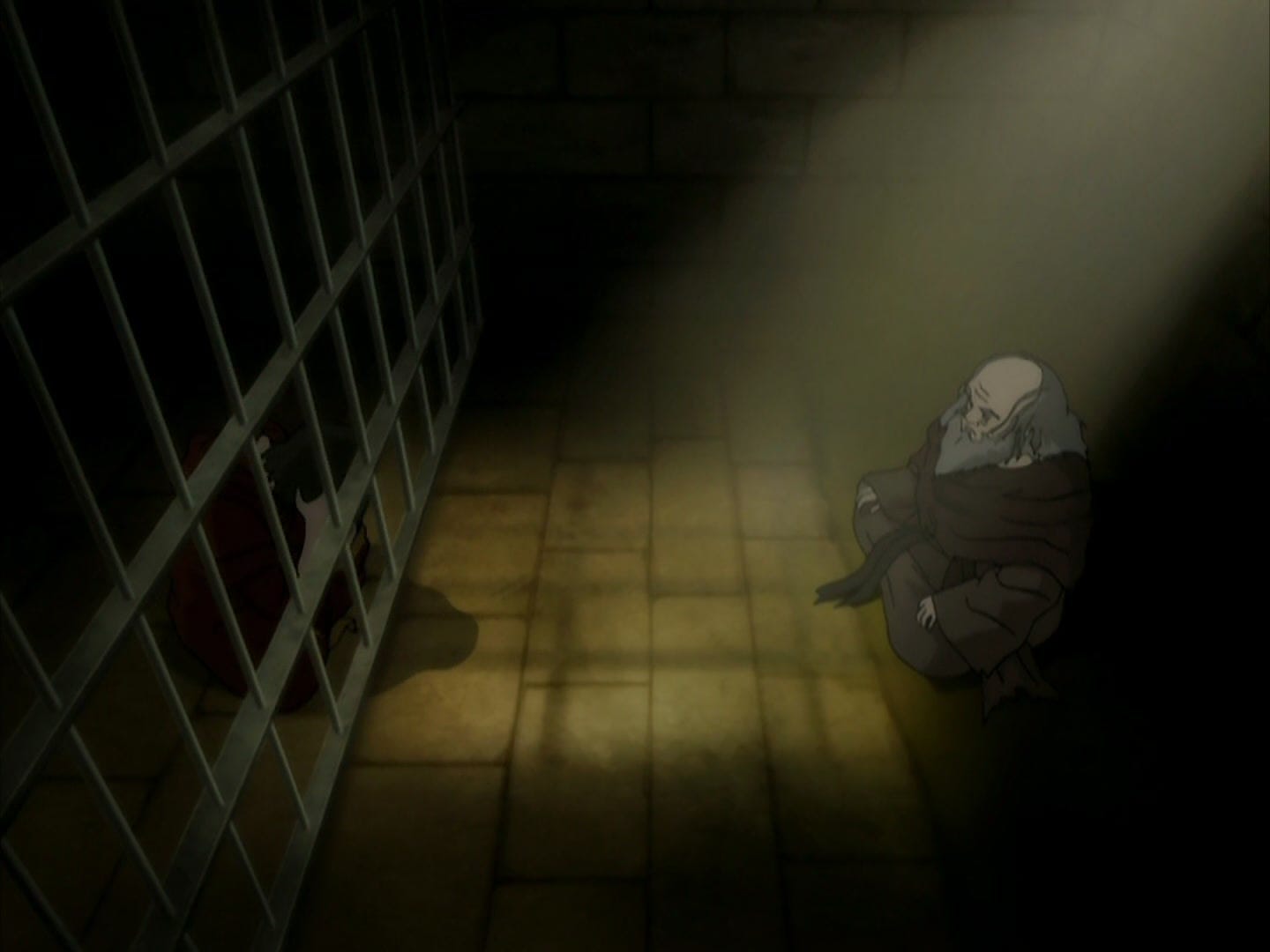
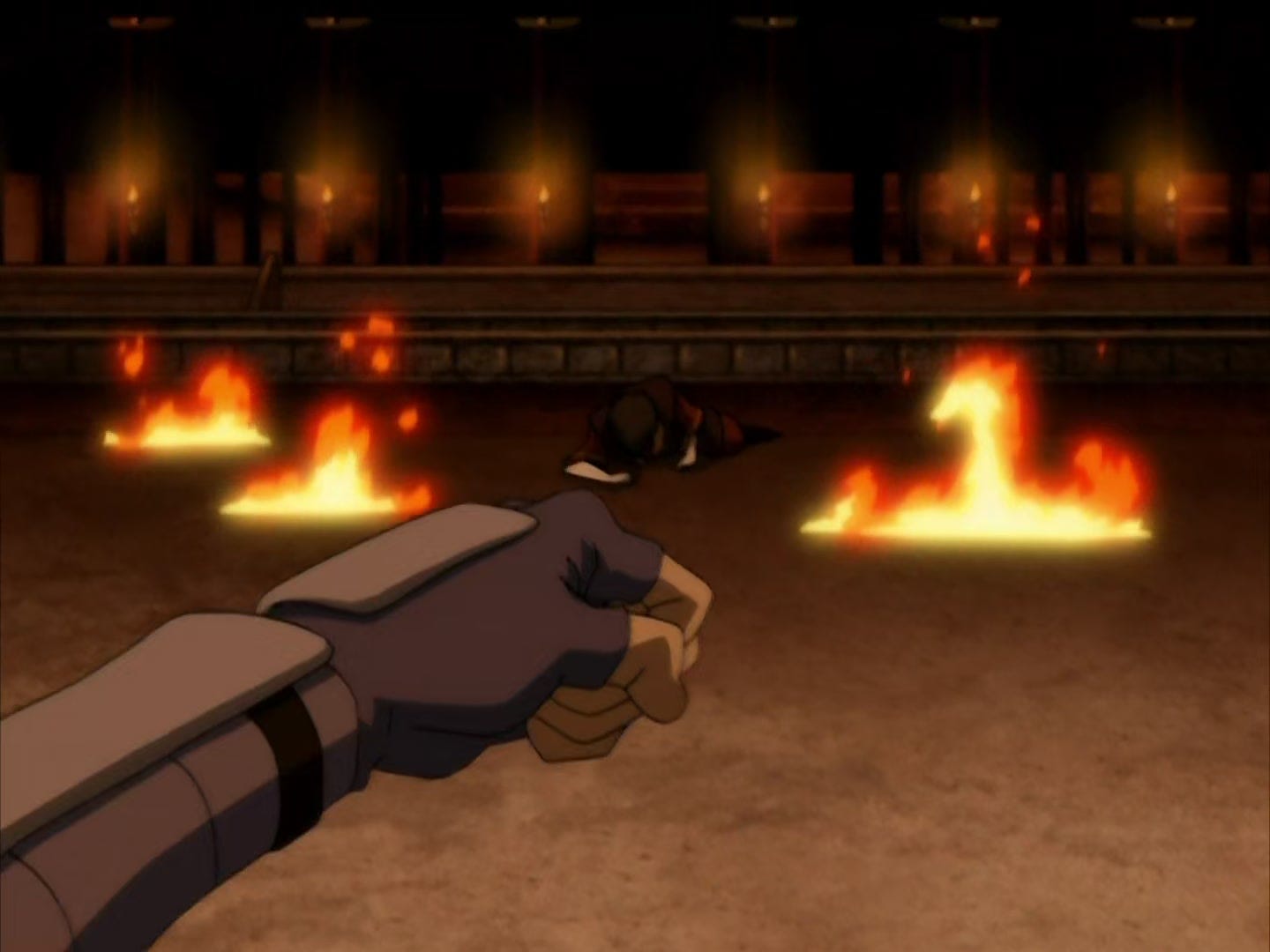
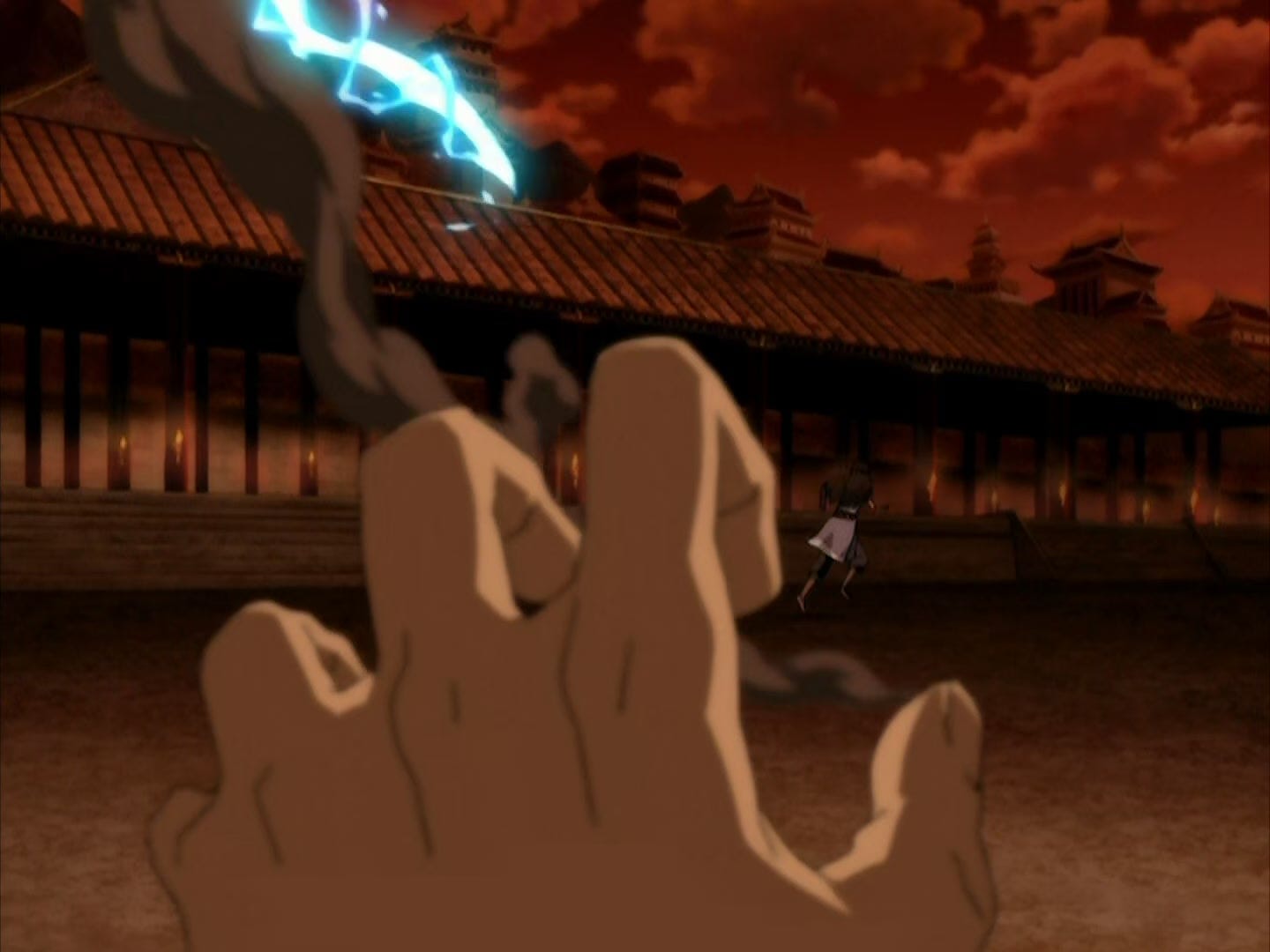
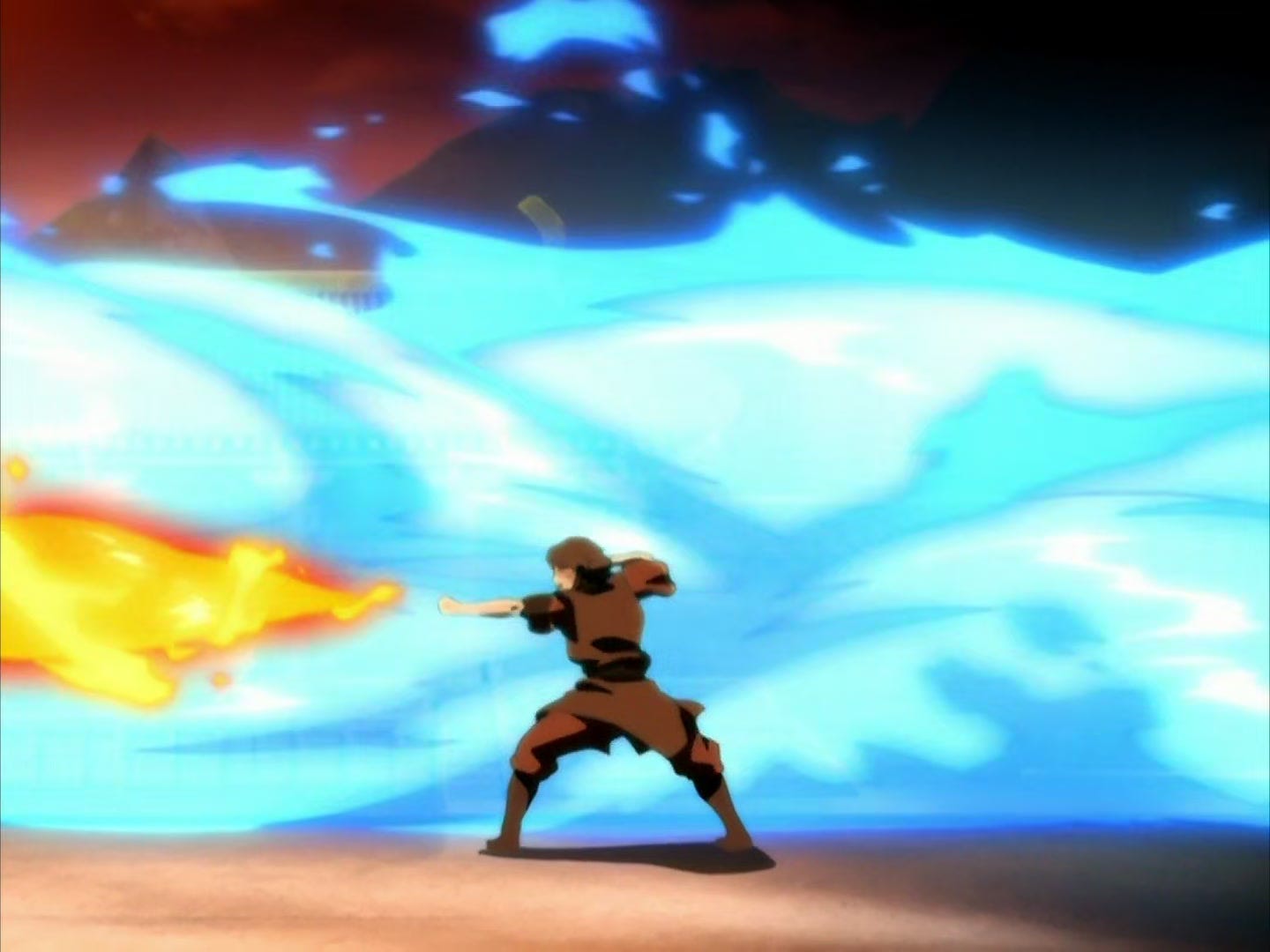
i need more love letters to Avatar. thank you for writing this!
I tell people this all the time! It is undoubtedly the best kids cartoon ever made but it’s absolutely up there among the best series ever made. The strength of the storytelling, the beautiful art, it’s the best!!